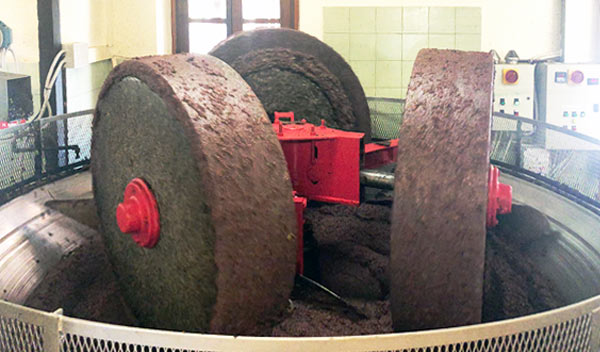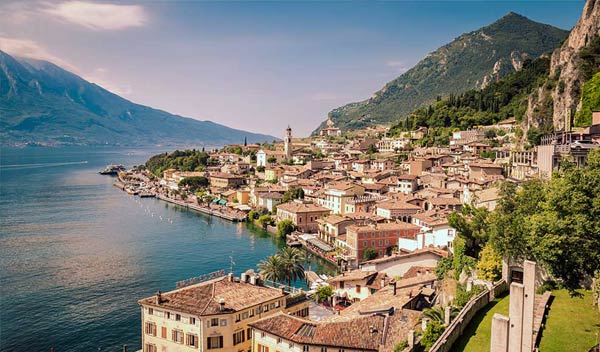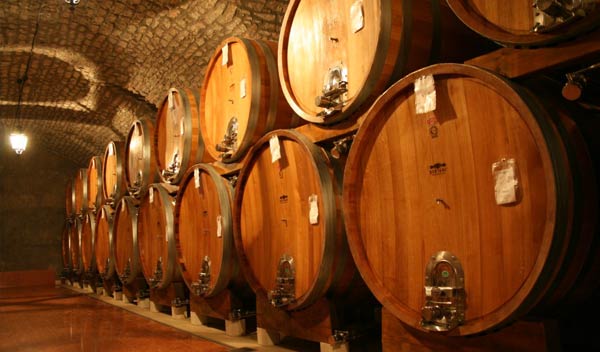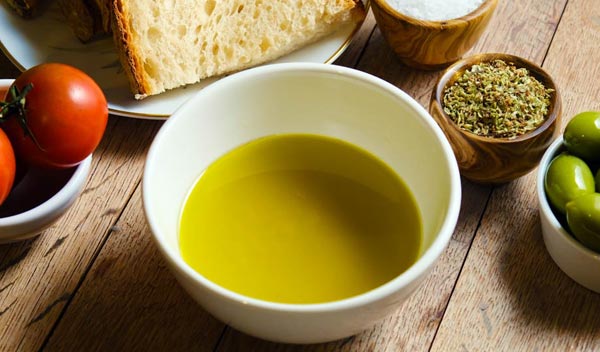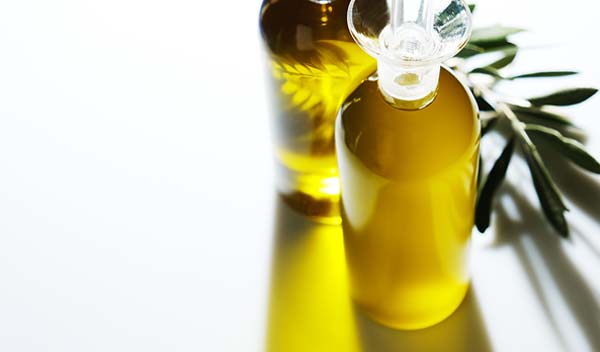Verona Extra Virgin Olive Oil
Verona province is one of the most northern latitude areas where it is possible to grow olives for the production of extra virgin olive oil. The proximity of Lake Garda, largest Italian lake, influences the climate making it suitable for the cultivation of this typically Mediterranean plant.
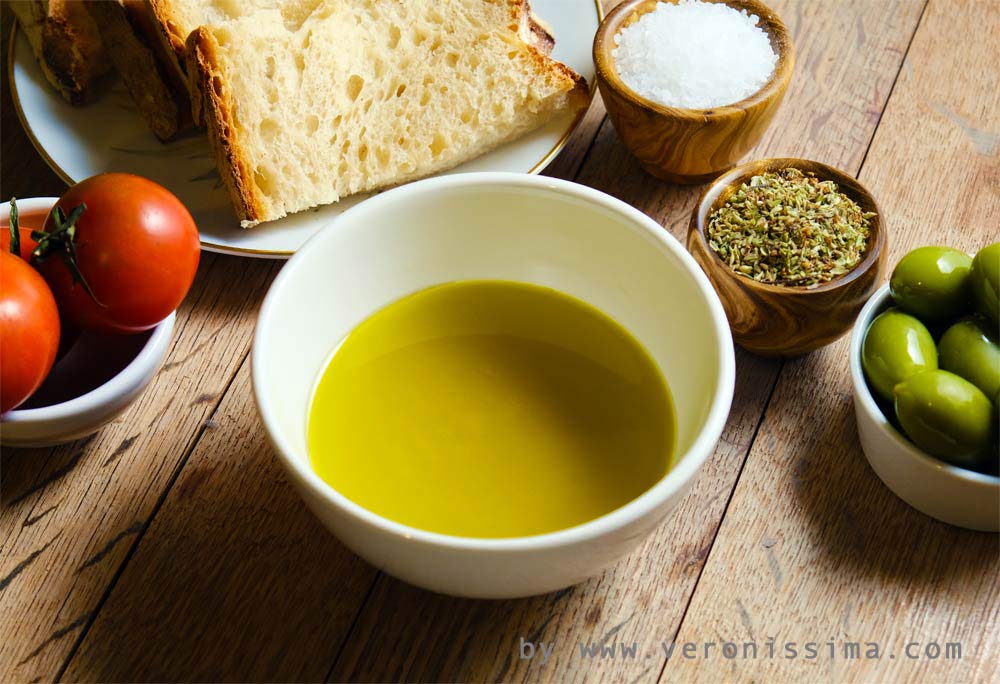
A guided tour of an olive oil mill is an exciting experience that will make you discover one of the most important ingredients of Italian culture and culinary tradition.
It is ideal for small and large organized groups, as didactic activity for groups on a school trip, for gourmets and onlookers as an alternative activity during your staying in Verona.
Olive oil tasting tour information and bookings:
+39 333 2199 645 info@veronissima.com P.I. 03616420232 C.F. CPPMHL74L13L781C
Olive Oil Appreciation Tour
The extra virgin olive oil production areas in Verona province can be easily reached from the city in no more than 20 minutes by car or tourist bus. The production areas are located within wonderful territories.
Duration of the visit to the oil mill with tasting: about 1h.
Walk in the olive grove
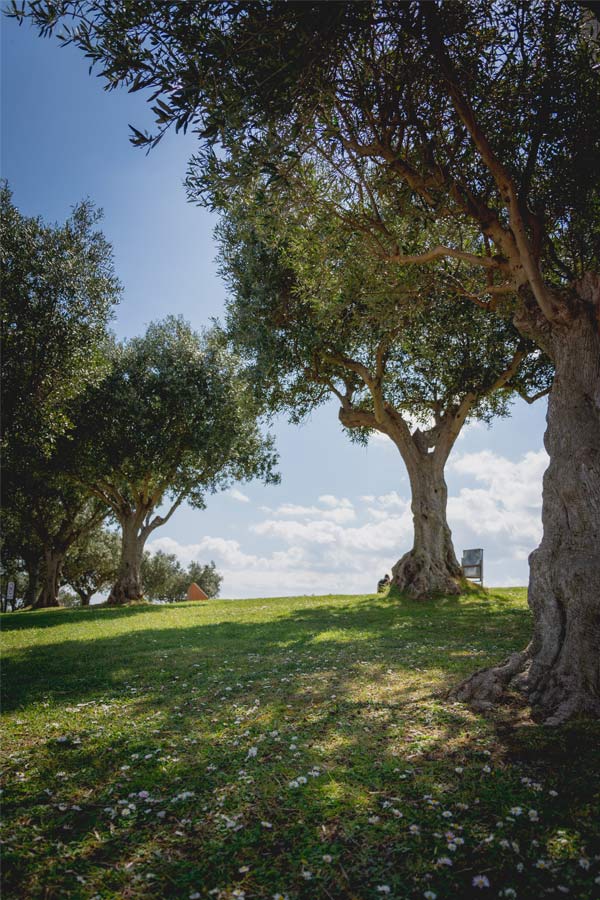
A typical guided tour of an olive oil mill begins with a walk through the olive grove. As you walk among the ancient and precious olive trees, you will learn about the typical varieties of olives grown in Verona.
Italy boasts a heritage of hundreds of varieties of olives. Olive cultivation in Italy has ancient origins. Over the millennia, farmers selected the best suited plants to the multitude of microclimates and soils of the peninsula. The result is a patrimony of diversity and typicality that is unique in the world.
The most typical varieties of Verona are: Grignano, Casaliva or Drizzar, Favarol.
Milling, Pressing, Centrifuge
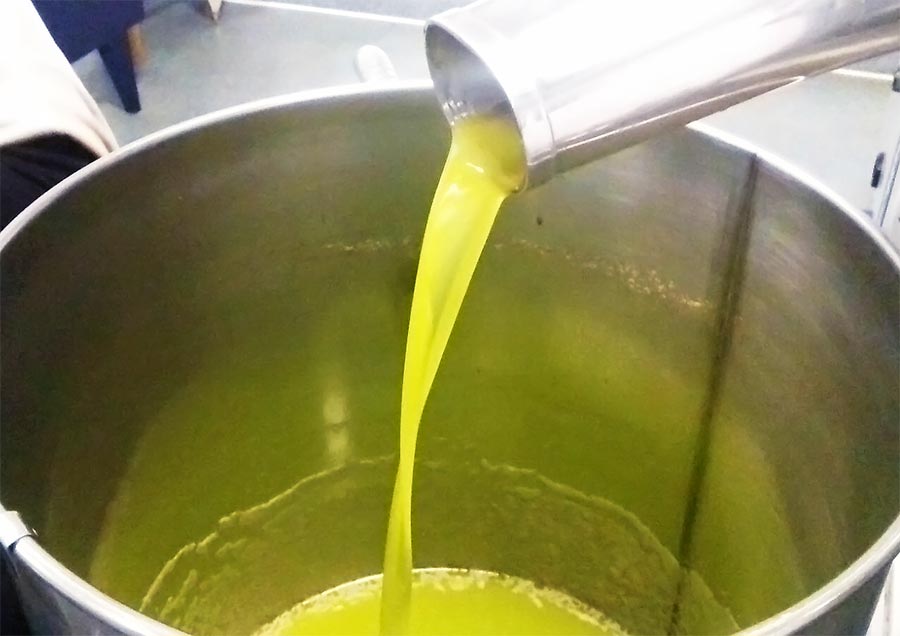
During the visit you will be able to see all the various stages of the production of extra virgin olive oil, explained in detail by your guide: the washing of the olives, their crushing with traditional stone grinders, the pressing of the olive paste, the centrifugation for the separation of the oil from the vegetation water, the filtering etc.
Want to know more?
Olive Oil Tasting
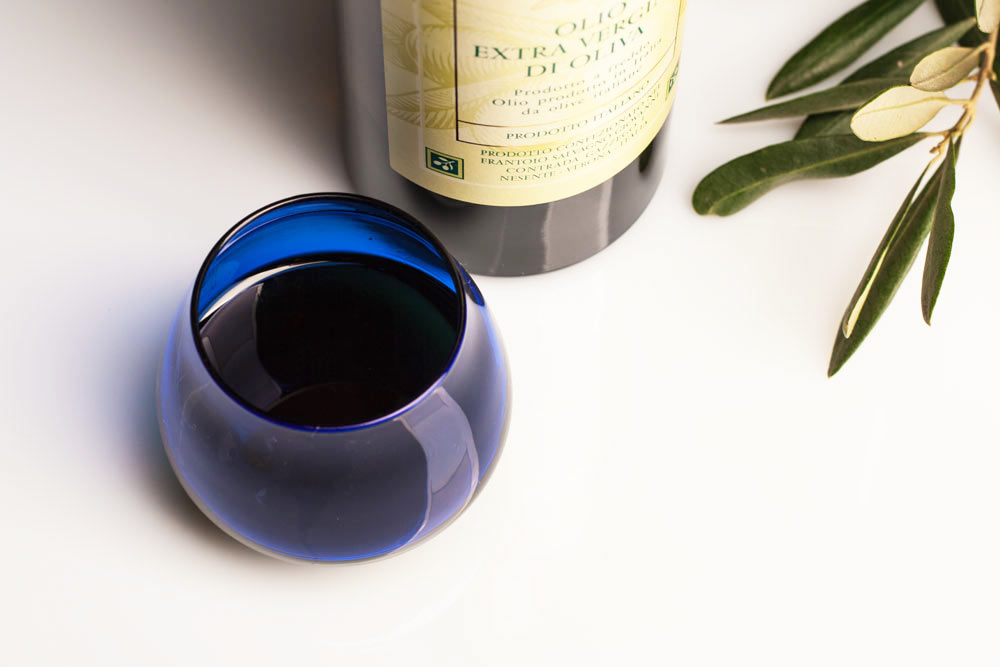
The tour of an olive mill ends with a degustation of extra virgin olive oil. Professional tasters sip the oil directly from special glasses. The shape allows them to hold them in their hands so that they warm the oil to bring out its aromas. The dark color does not allow to see the color of the oil which could influence the evaluation.
Simple enthusiasts, however, may appreciate it more over fragrant fresh bread.
Best Time for a Visit
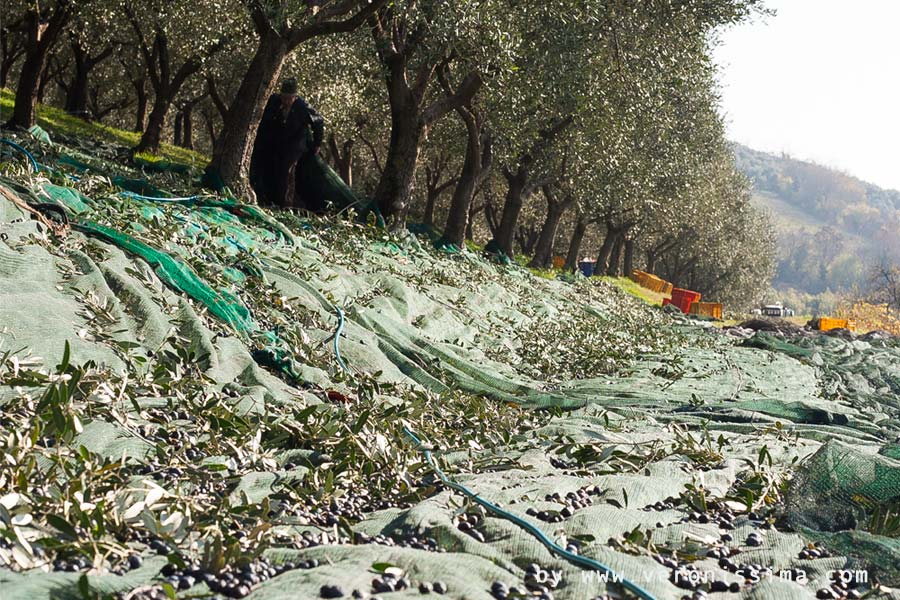
The best time of year to visit an olive oil mill is during the oil campaign. Depending on the year, it can range from the beginning of October to the end of December.
In this period the oil mill is characterized by a frenetic activity. Growers keep coming and going bringing large chests full of olives and the millstones, presses and all the other machinery for the production of extra virgin olive oil are in full activity. During the harvesting period, the activity of the mill is constant, twenty-four hours a day, seven days a week! In the other period of the year it will still be possible to see the plants, fully understanding all the various stages of production, but everything will be still and quieter.
Verona Olive Oil DOP Producing Areas
As for wines, there are quality marks referred to territories particularly suited for the production of extra virgin olive oil. In Verona there are two of these DOPs (Denomination of Protected Origin): Garda Orientale and Veneto-Valpolicella. Besides the quality of their olive oil, these areas are offer the great beauty of their landscape.
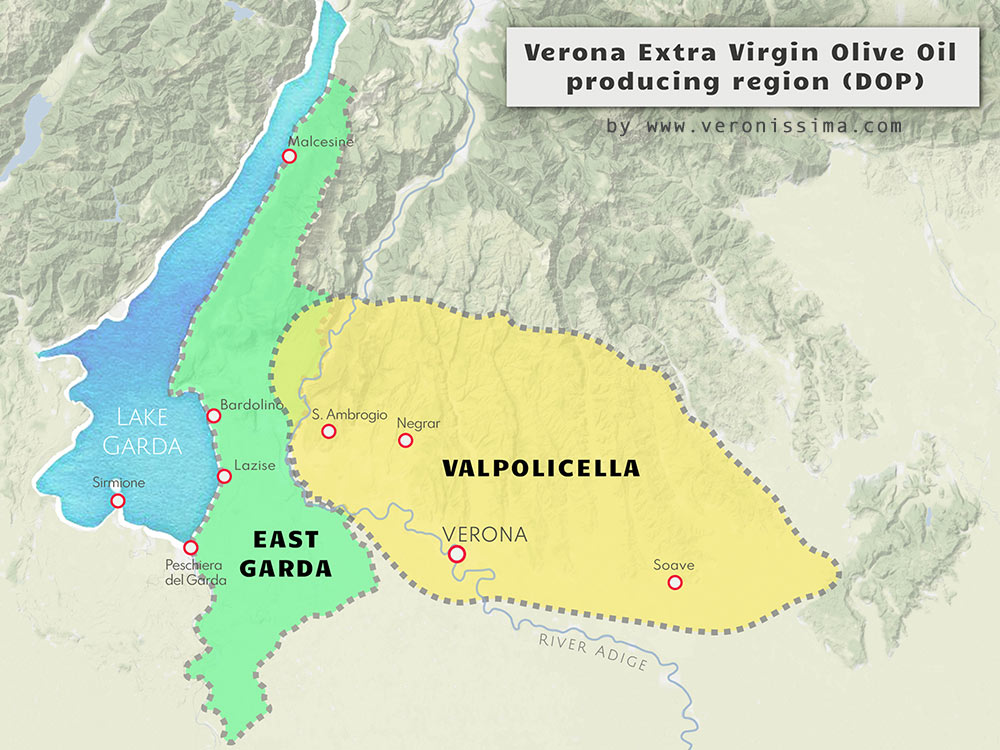
Eastern Lake Garda DOP
The Garda-Orientale (eastern lake Garda coast) sub-area is part of the larger Garda D.O.P. denomination. At least 50% of the blend must be Casaliva or Drizzar olive varieties. Other selected varieties can be in the blend but not exceeding 50%. The olive groves suitable for the production are located on the morainic hills surrounding Lake Garda from which you will enjoy spectacular view of Lake Garda. The soil is rich in sand and gravel that ensure perfect drainage.
Harvest should end by January 15 and the production of olives must not exceed 5 tons per hectare with a maximum oil yield of less than 22%.
Garda Orientale EVO oil color must be intense green with possible, but limited, yellow highlights. The nose and palate are light, fruity with hints of sweet almond. Maximum acidity should be less that 0.6%.
Veneto-Valpolicella DOP
Extra Virgin Olive Oil Valpolicella D.O.P. is an important sub-area of the wider Veneto D.O.P.. It overlaps with the famous D.O.C. and D.O.C.G. denomination where olive groves "compete" for space with vineyards for the production of Ripasso, Recioto and Amarone. It is the hilly area north of the city. To the west it reaches the slopes of Mount Baldo. To the east it extends up to Soave white wine producing area. Veneto-Valpolicella EVO oil must be made with at least 50% of the Grignano and Favarol olive varieties. Maximum acidity must not exceed 0.5%.
It has a yellow color with slight green hues when young. The nose is complex and elegant, with flowery, apple and herbal hints. The palate is intense and harmonious, slightly bitter and spicy with hints of almond. Veneto-Valpolicella extra virgin olive oil is ideal to be used on grilled meat or fish, fresh and cooked vegetables, light cheese such as ricotta or stracchino.
It might also interest you
Verona Olive Oil Tours: Info and bookings
+39 333 2199 645 info@veronissima.com P.I. 03616420232 C.F. CPPMHL74L13L781C

 IT
IT 日本
日本 DE
DE FR
FR 中文
中文 ES
ES